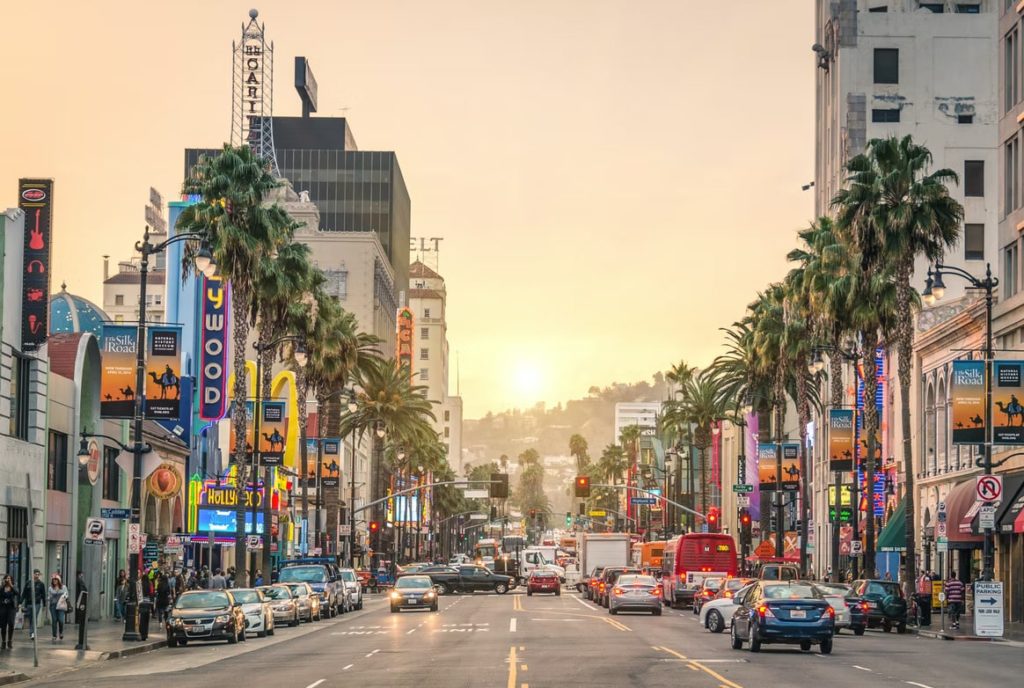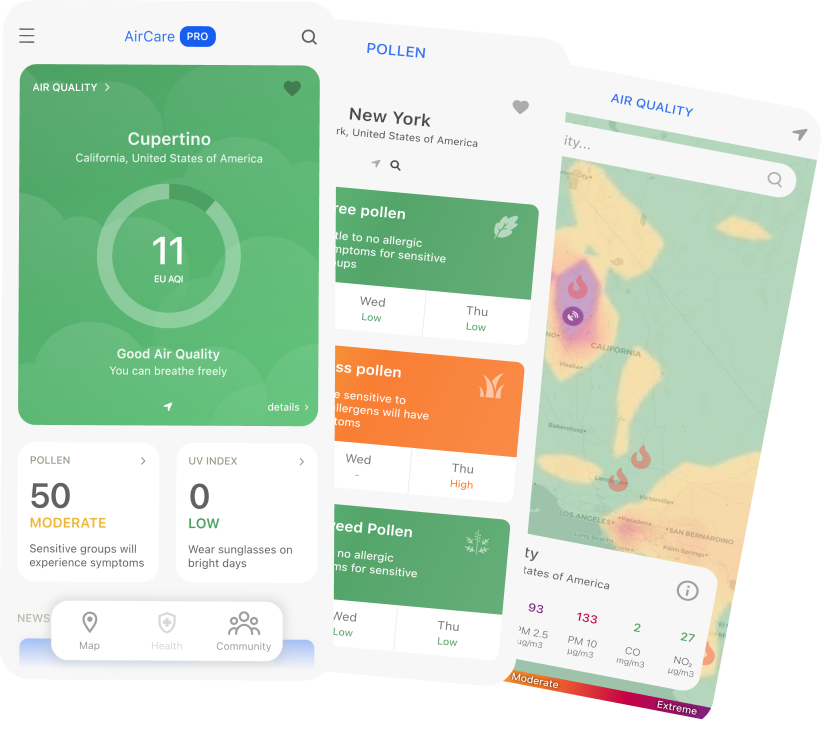Most cities in California are built in valleys or on plains surrounded by mountains. These areas prevent air from circulating and are natural bows that trap air pollution.
During the winter, temperature inversions can trap exhaust and smoke from fireplaces, trucks, cars, and anything that burns fuel. This keeps the pollution close to the ground, where people are breathing it in. On hot and sunny days, pollutants emitted by industrial processes and vehicles react with each other to form ozone, the main ingredient of smog.
Significant sources of air pollution in California are buses, trucks, and cars. But, how much pollution is attributable to these vehicles, and what other air pollutants in California are there?

Sources of Air Pollution in California
The health of California residents is impacted by several air pollutants coming out of a variety of sources. From a public health perspective, two of the pollutants of the greatest concern are ozone and fine particulate matter (known as PM2.5).
Ozone
As we mentioned, ozone is one of the major components of smog. It’s created in the atmosphere by complex reactions with chemicals that are directly emitted from consumer products, industrial emissions, motor vehicles, and other combustion sources.
PM2.5
PM2.5 sources include direct emissions from the combustion of fuels such as diesel, oil, and gasoline, as well as wood combustion. PM2.5 is also created in atmospheric chemical reactions emitted from combustion sources including motor vehicles. Another source of PM2.5 includes windblown dust from construction, agriculture, and roadways, as well as woodstoves and fireplaces.
Exposure to PM2.5 has been associated with increased negative health effects, including worsening respiratory disease symptoms, increased incidence of respiratory disease, and cardiovascular effects that can lead to heart attacks and death.
Even though in the past couple of decades the levels of outdoor air pollutants have fallen dramatically, many parts of the state are still struggling with air quality problems. To make sure that the air in California meets the state and federal air quality standards, we need consistent efforts into controlling air pollution.
Do you want to know the quality of the air you breathe? Download AirCare – our free mobile app that tracks air pollution from your pocket, and check out the AirCare blog!





